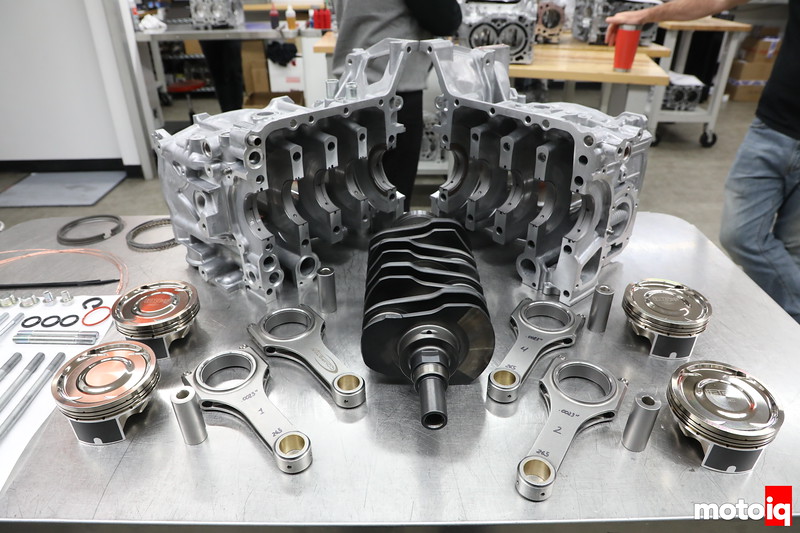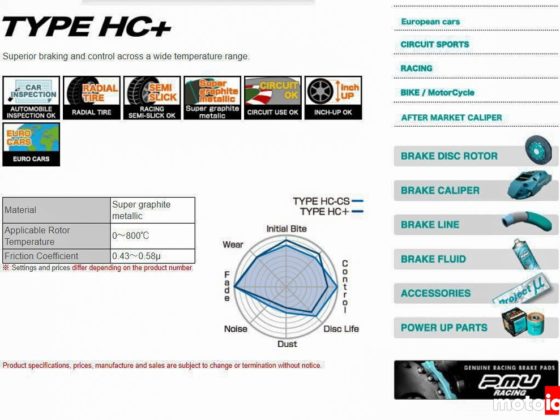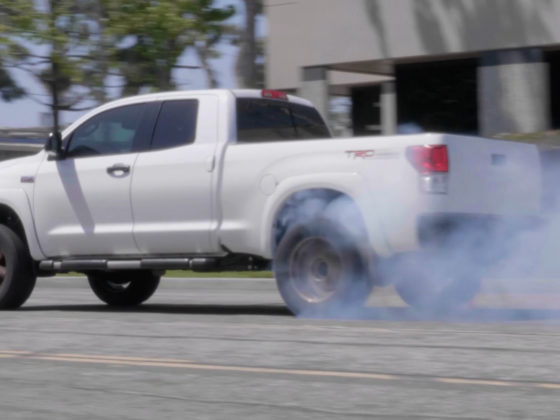
IAG machines grooves in the deck for copper o-rings to improve head gasket seal. The closed-deck conversion is done so precisely that you can’t even see it! The lustrous satiny surface finish of the bores is from WPC treatment. WPC and the hardening of the cylinder liners from the cryo will result in a long bore life.

IAG used ACL rod bearings in our engine. After determining what size bearing to use, they were shipped to us for WPC treatment. WPC reduces the friction of the bearing surface and also increases its load-bearing capacity by about 20%!

ACL thrust bearings were used. These were WPC treated like the rod bearings. You can see the satiny surface that WPC produces on the bearings.

The ACL main bearings were also given the WPC treatment. ACL bearings are a tri-metal type. A steel backing plate is overlayed with a layer of lead, tin, and copper alloy. The alloy of this layer has more tin and copper with less lead making it harder and able to withstand more load. Next, a thin layer of nickel is laid down, this is a separator layer to reduce galvanic corrosion. Finally, a layer of lead, tin, and copper is applied. This alloy has more lead and less tin and copper to be softer and more conformable with the ability to embed dirt instead of grinding it into the journal. This type of bearing construction can take considerably more load than a simple one-layer bearing.

IAG spec Calles Compstar rods were used for our build. They are made of Timken 4330V steel which is a high nickel, high molybdenum, high chromium, and vanadium alloy which is super strong. They are 2 mm longer than stock for an improved stroke to rod length ratio. This reduces peak piston speed and cylinder wall thrust loading. A longer rod can also improve VE and thermal efficiency although this is hard to prove on the dyno.




6 comments
I like the nickel coating on the pistons, nickel tends to hold onto carbon less than many ceramic coatings… and it looks dope.
Spotted a typo: Silicone should be silicon… although caulking would probably help with the blowby 😀
Nice boobs don’t hurt either.
Hey Mike,
Is there any chance that the WPC process could be applied to a bicycle chain? I’m imagining that the answer might be no due to the possibility of the WPC media getting into and actually remaining stuck in the bearings of the chain.
The other part of a bicycle where I could see WPC being effective would be the rear cassette and I can’t imagine any reason why this piece could not be done as it largely consists of metal discs.
I’ve never heard of anyone WPC treating bicycle components but I’ve always been curious if it could be done.
It would not work.
Does the nickel finish prevent the application of WPC treatment on the pistons?
I was worried about that so I didn’t WPC treat the pistons